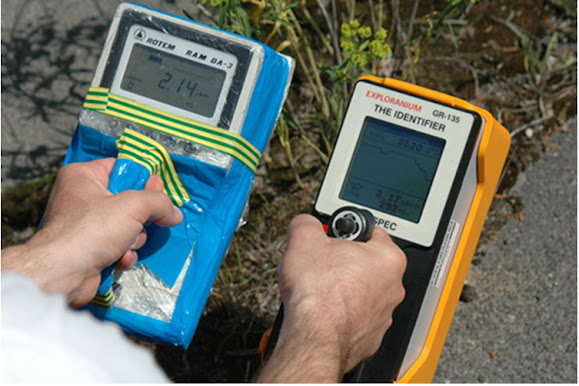What to do in the event of an incident involving a significant release of radioactive material?

In recent days, following the start of the Russian-Ukrainian conflict, the Russian invasion of the Chernobyl nuclear power plant site and the attack on the Zaporizhzhya nuclear power plant , many people have asked me what the impact of a nuclear accident in Ukraine could be on Hungary (or on Europe), and what to do in such an event. I will try to summarise this briefly in this paper. Basics As I have written several times before, nuclear power plants are designed for a wide range of malfunctions and initial events of various internal and external origin. These so-called "design basis accidents" can be handled by the safety systems of nuclear power plants without resulting in large radioactive releases. However, as we have seen for example in the Fukushima accident, if a nuclear power plant is left without cooling water and without electricity supply (without functioning emergency diesel generators and a functioning electrical grid connection), this can result in a series
